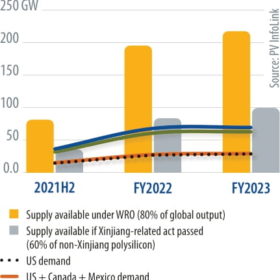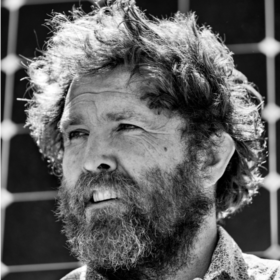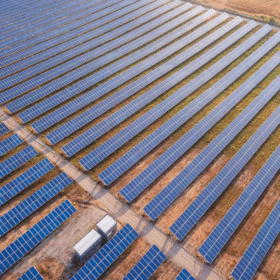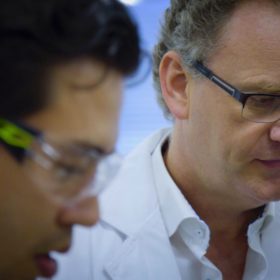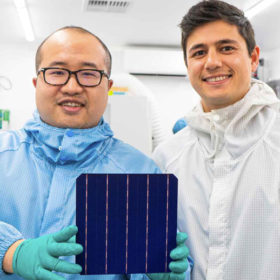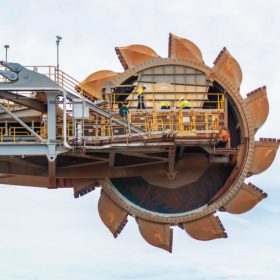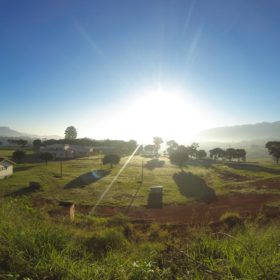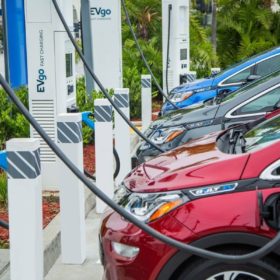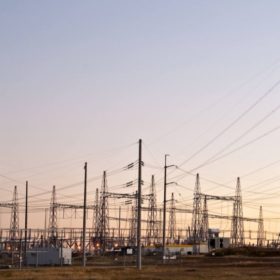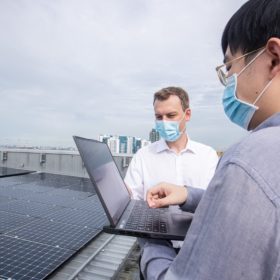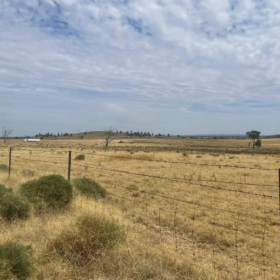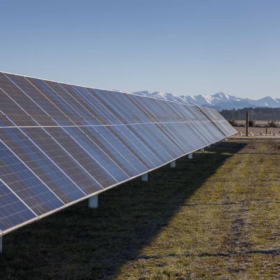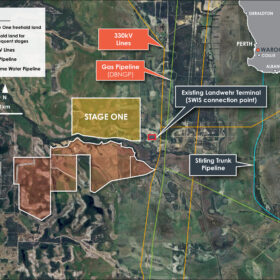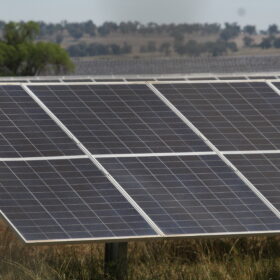Sunday read: looming impacts of international trade disputes on polysilicon
Polysilicon capacity is unable to catch up with rapid capacity expansion in the mid and downstream segments, writes Corrine Lin, chief analyst for PV InfoLink. New polysilicon capacity requires big capex investment and a lead time of more than two years to complete construction and reach full operation. With unbalanced capacity between the upstream and downstream segments, polysilicon prices have been rising since the second half of 2020, with prices for mono-grade polysilicon surpassing CNY 200/kg (US$27.40) in June 2021, up more than 250% year on year.
Saturday read: Stage set for truce in Australia’s climate culture war
The highly polarised debate regarding renewable energy and action on climate change that has too long been a feature of the Australian political landscape could change, and change quickly, says Saul Griffith. The entrepreneur, scientist, and energy analyst is adding author to his job description next month with the release of his book “Electrify”, and he’s betting on a rapid transformation of the discussion within Australia as the advantages of “electrifying everything” become clear.
New Energy eyes bigger battery for Wallaroo Solar Farm
Spanish-Japanese renewable energy company Univergy Solar and Australian partner New Energy Development have revealed a 75 MW/150 MWh battery energy storage system is likely to be coupled with the proposed 100 MW Wallaroo Solar Farm being developed near the border between New South Wales and the Australian Capital Territory.
How zinc-bromide innovators Gelion found a way to cheaply manufacturer batteries in Australia
Sydney-founded battery company Gelion Technolgies today announced its partnership with lead-acid battery manufacturer Battery Energy Power Solutions. The news reflects a significant adjustment of the company’s battery design and business strategy, which is seeking to leverage industry shifts.
Australian start-up sets 25.54% efficiency record for silicon cell
Australian start-up SunDrive has created the most effective commercial-sized silicon solar cell in the world, achieving an efficiency figure of 25.54% in testing carried out by the Institute for Solar Energy Research in Germany.
ARENA switches focus with new investment plan revealed
The Australian Renewable Energy Agency has responded to the federal government’s decision to expand its mandate to include ‘low-emission technologies’, unveiling a new investment plan that provides for the financing of a broader range of technologies including some using fossil fuels.
4.9 MW Ramahyuck Solar Farm set to be first wholly owned and operated by an Aboriginal Corporation
The Ramahyuck District Aboriginal Corporation has won over $1 million in funding from the Victorian Government for the development of a 4.9 MW solar farm, as well as several other community arrays. This is a win for Indigenous self-determination and a proven long-term income and employment stream which will help to “enable a healthy, strong and vibrant Aboriginal community”.
How safe are smart EV chargers?
Research has uncovered critical security threats associated with a number of common smart electric-vehicle chargers, but it’s not too late or too logistically difficult to remedy the issues.
Renewable energy prominent in state’s $52.2 billion infrastructure pipeline
The Queensland government will pour more than $580 million into increasing electricity network capacity and replacing ageing assets as part of a $52.2 billion infrastructure program designed to transform the state into a renewables, advanced hydrogen and manufacturing superpower.
Melbourne ranked among world’s top cities for rooftop solar
A global registry that uses satellite images to map and quantify the rollout of solar PV across rooftops in some of the world’s most iconic cities has ranked Melbourne among the top five for solar roof utilisation.
